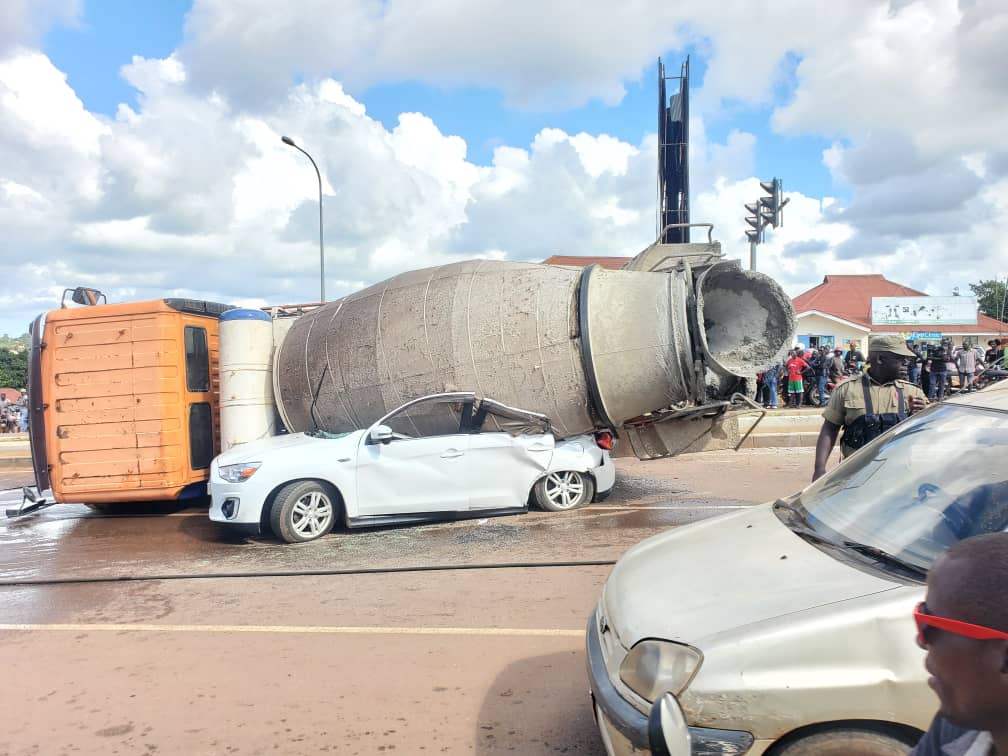Road sector quality checks vital

It is the ideal time to learn from our mistakes, do a better job and focus on improving our road infrastructure.
What you need to know:
- The Ministry of Works and Transport should penalise a contractor, who does shoddy besides blacklisting them. But importantly, the ministry should put in place measures to ensure timely supervision of works and testing of construction materials.
- When such a critical step in the sector is ignored or paid less attention to, the desired economic benefits of road infrastructure development could become unfulfilled dreams. The sector will continue to be affected by unending repair works, which will further strain the economy through increased debt burden given that a good number of sector projects are financed through borrowing.
The second National Development Plan (NDP-2) and Vision 2040 prioritise road infrastructure development as a way of stimulating higher levels of economic growth. The road sector plays a significant role in Uganda’s economy, accounting for more than 90 per cent of cargo freight and passenger movements.
The government of Uganda remains committed to supporting the growth of the Works and Transport sector as revealed by the successive increase in budget allocations over the years - from Shs3.82 trillion in Financial Year 2016/17 to 4.5 trillion in FY 2017/18, and to 4.7 trillion in FY 2018/19. Government efforts have enabled the smooth implementation of key road projects like Entebbe Expressway, and Gulu-Atiak-Nimule road, and others.
Improving the condition of the road network presents a number of benefits to the economy which include reducing the cost and time of moving goods, promoting urbanisation, opening up remote areas, and increasing access to social services.
However, a number of cases reveal that contractors at times ignore quality control checks. A good example is the recently commissioned the Source of the Nile Bridge in Jinja, which cost government $125 million. The Japanese government contributed 80 per cent of project cost as a loan whereas the government of Uganda contributed 20 per cent. A few days after a successful commissioning, the bridge developed structural surface defects that required immediate repairs. The government described the repairs as “unforeseen expenses’’. Even though the respective repairs were completed, the bridge has again developed similar defects.
The subsequent break down in road infrastructure shortly after completion of works is mainly due to lack of proper monitoring of construction activities. It is also about the failure by contractors to adhere to set quality control checks. A lot of questions arise out of this dilemma, including, whether the respective materials used were tested and deemed appropriate for the Ugandan weather?
What went wrong in the first place? How sure are we that it won’t reoccur? Could the government have done better to avoid such damage and expenditure? The answers to these questions are yet to be given.
The Ministry of Works and Transport should penalise a contractor, who does shoddy besides blacklisting them. But importantly, the ministry should put in place measures to ensure timely supervision of works and testing of construction materials.
When such a critical step in the sector is ignored or paid less attention to, the desired economic benefits of road infrastructure development could become unfulfilled dreams. The sector will continue to be affected by unending repair works, which will further strain the economy through increased debt burden given that a good number of sector projects are financed through borrowing.
It is the ideal time to learn from our mistakes, do a better job and focus on improving our road infrastructure.




